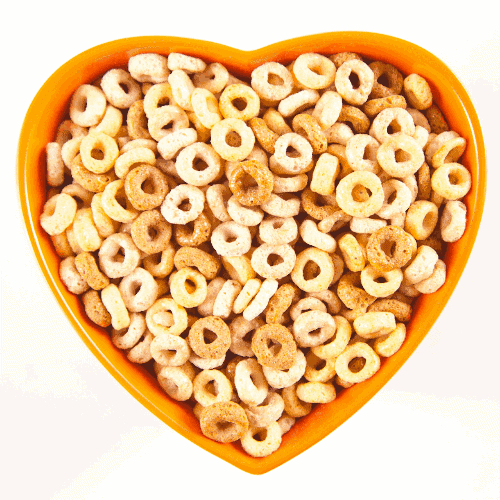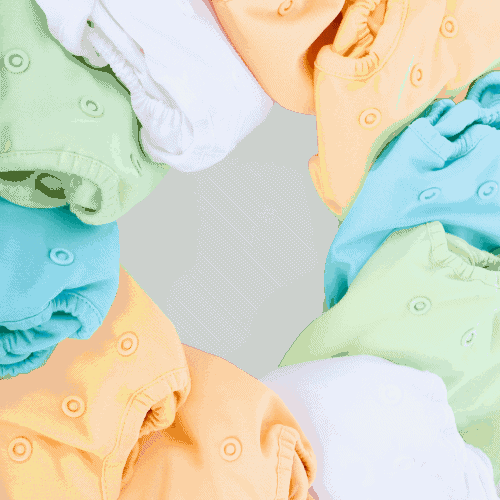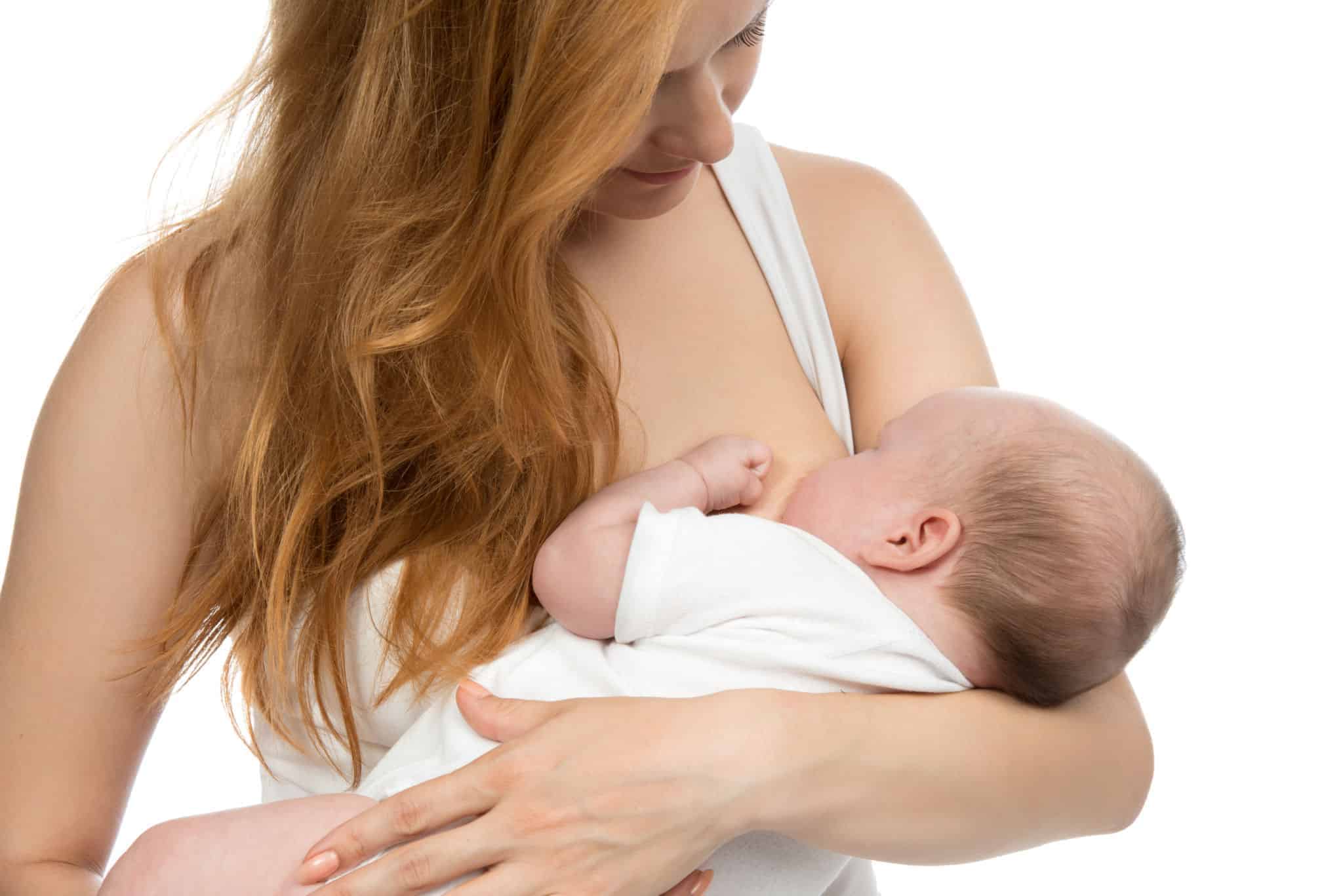
Many an anxious parent has frantically Googled “Which Foods are Safe for my Baby”. Especially for new parents, introducing new foods to their baby simply can’t be approached with enough caution.
Weaning your baby from milk and baby food onto solid food takes time. It’s a delicate and gradual process, and it may not be easy. To begin with, your baby may not like their new foods. The tricky process is made more difficult by worrying what foods are suitable for your baby – and more importantly, which foods are not.
You know that your baby needs proper nutrients, but now they’re moving onto more solid foods, which foods are safe? What about commonly used foods, like rice and pasta? Do they pose choking hazards? How do you know it’s time to start feeding your baby rice?
As an Amazon Associate I earn from qualifying purchases. The links below may be affiliate links. Please read my disclosure policy for more information.
Can My Baby Eat Rice?
The simple answer is yes, your baby can eat rice. For many people, rice is a staple part of their diet. It’s easy to make and can be made in larger batches and kept in the fridge.
You can feed your baby normal white rice, so long as it’s properly cooked. It’s worth remembering that at the beginning, your baby won’t be able to handle complex foods or a variety of flavors. This is why stronger foods like meat and some fruits tend to be one of the later new food introduced to your baby.
Rice is popular because of its mild flavor and soft texture. It can also be mixed with other foods to gradually get your baby used to different flavors and textures.
Read the best ways to get your baby to eat oily fish
White Rice vs Brown Rice
Both white and brown rice are suitable to serve to your baby. In fact, brown rice is much healthier, containing more vitamins, minerals, and fiber. White rice is moderately processed and is not considered a whole grain. White rice in particular has had the germ portion of the grain removed, this is the most nutrient dense part of rice.
When to Serve Your Baby Rice
From the age of 4-6 months, babies can be introduced to solid foods. Technically, a baby can eat all kinds of food you can (with the exception of some that can be dangerous for infants, such as honey). In practice, however, it’s good to introduce new food gradually.
From about 6 months onward, you can introduce rice to your baby. There are a few things your child should be doing before you introduce any solid foods:
- Your baby should be able to sit up unaided and hold up their own head.
- Pick up food with their finger and thumb (a pincer grip).
- You might observe your baby making a chewing motion with their jaw. Even if your baby doesn’t have teeth yet, this is how they’ll mash up their food when they eat!
New foods need to be introduced gradually. Your baby’s digestive system is still delicate; after all, they’ve been used to milk and baby food for their whole life so far. Keep a close eye on your baby when you introduce new foods and wait about 3 to 5 days before introducing another new kind of food.
Make sure the rice is well cooked. It needs to be soft enough for your baby to dissolve in their mouth. If not, your baby might try and swallow before the rice is sufficiently mashed up and this could lead to choking. Additionally, try not to put too much rice out for your baby to eat. They may try to take a larger mouthful than they can swallow, and this too can lead to choking.
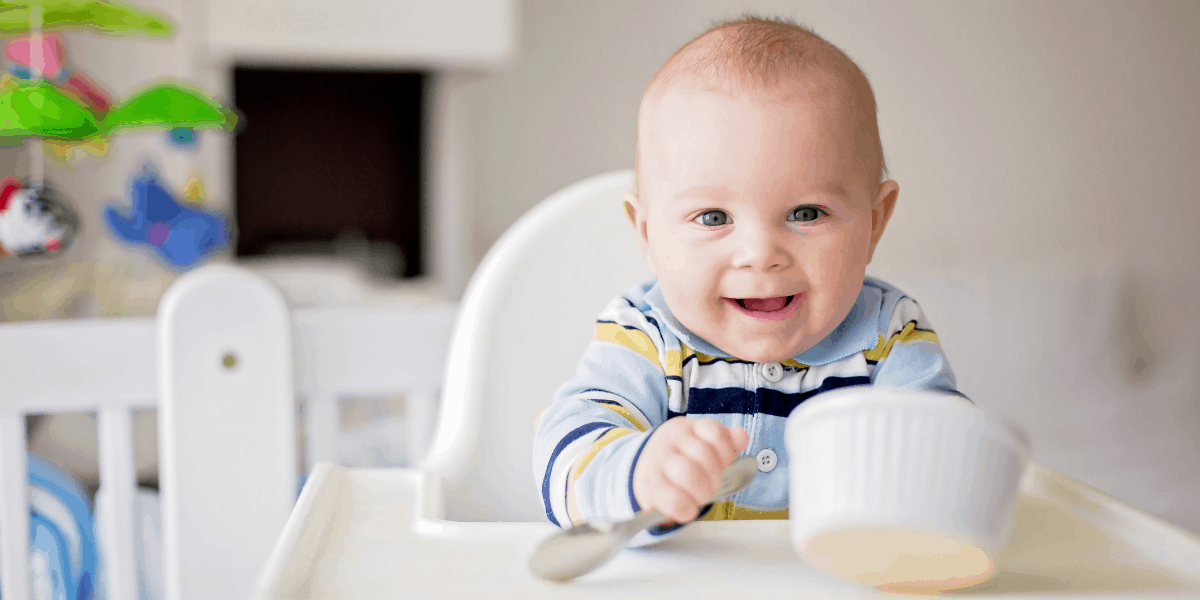
Are cheerios a good breakfast for babies?
Rice Serving Ideas
Aside from being easy for babies to eat and digest, rice is a useful and versatile food. It can even be mixed with breast milk when you’re weaning your baby onto solid foods. While it’s good to start with serving plain white or brown rice to your baby, there are lots of recipes and foods you can add to make your baby’s meal a little bit better.
Mango Rice
If your baby loves fruit, you can make variations of this recipe. Every bit as simple as its name implies, this recipe calls for one cup of boiled rice and half a cup of chopped, ripe mangoes, and you’re ready to go!
Mashed Sweet Potato Rice
Take two small boiled sweet potatoes and wash them well. Add the sweet potatoes to a cup of boiled white rice. This is a very sweet recipe, due to the sugar in the sweet potato. Too much salt or sugar can be bad for your baby, so don’t add any extra salt or sugar to these recipes.
Vegetable Rice Salad
Combine a cup of grated boiled vegetables with one cup of boiled rice. The beauty of this recipe is that you can use as wide a variety of vegetables as you like. If you’re trying to introduce a new type of vegetable to your baby, you could simply sneak a little of the grated vegetable into the rice salad.
You can probably already think of variations of these recipes. While they’re quite simple recipes, you can add more ingredients and make the food more complex as your baby gets older. Both you and your baby will get more confident with eating new foods.
Possible Dangers and Choking Hazards
Like all foods, rice should be served in moderation and with a good combination of other foods.
Preparing and serving new foods for your baby can be a little worrying. You might be afraid of allergic reactions or choking, and rice may seem to be the perfect size for a grain to stick in your child’s throat.
This is why it’s so important to watch your baby carefully while they eat. Keep some water, milk, or juice nearby, in case your child needs to wash down a stuck grain of rice.
There are a few tips and tricks that you can use to make feeding your baby a little easier:
- Mix foods like rice, porridge, or cereal with water, formula milk, or breast milk. This softens the food and makes it easier for your baby to eat. Additionally, this is a handy trick when you’re first weaning your child onto solid foods.
- Puree fruits and vegetables until they’re smooth. You can also mash them with a fork or potato masher, but this may leave lumps. If you’re serving your baby regular oatmeal instead of baby cereal, putting the dry oatmeal through the blender first will create a smoother mix. For hard fruits and vegetables, cook them before you puree them.
- Cook all meat, fish, rice and so on until it is thoroughly cooked and soft. You might enjoy your meat rare, but your baby should only eat very well-cooked food. Often, this will make the food soft and easy for your baby to eat.
- When cooking meat, poultry, or fish, remove all fat, bones, and skin.
- Remove all skin, seeds, and pits from fruit or vegetables before serving them to your child.
- Cut food into objects that you child is less likely to choke on. For example, cut soft food into short, thin strips.
Remember, your child will soon grow out of the stage where every meal is fraught with worry. In the meantime, make sure their food is soft, well pureed or mashed, and watch them well while they eat.
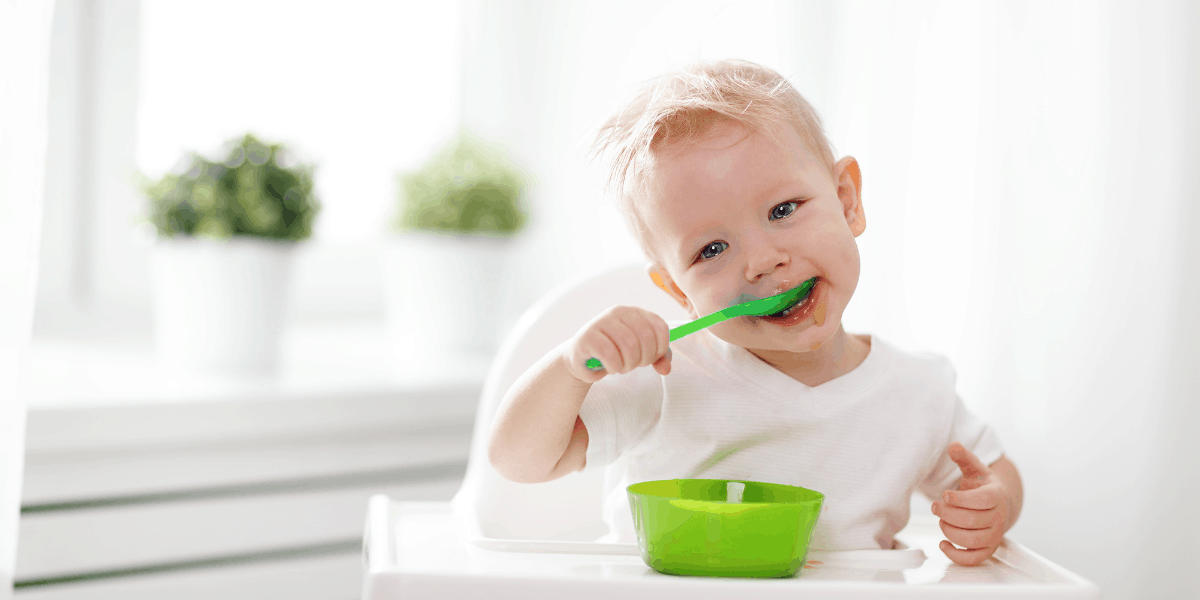
Allergic Reactions
There are eight most common allergies: wheat, milk, eggs, shellfish, fish, tree nuts, soybeans, and peanuts. While other allergies, such as strawberry allergies, may present themselves in your child, chances are your baby will be just fine. A wheat allergy may appear when your baby is eating rice. The risk is low, but it’s wise to be alert to the symptoms of an allergic reaction when introducing your baby to rice for the first time.
However, there is a genetic predisposition to allergies. If you or anyone else in your family commonly suffers from allergies, it may be wise to postpone introducing that food to your baby. Better yet, consult with a doctor.
Here are a few symptoms to keep an eye out for when introducing your baby to rice, or indeed any other new food:
- Hives or a rash
- Difficulty breathing (wheezing, labored breaths, etc)
- Nausea and vomiting
- Stomach pains
- Diarrhea
- Swelling of the lips, tongue, or throat
The last symptom in particular is very serious, as it could be a sign of anaphylaxis. It’s vital to get medical attention to your baby if they show these symptoms.
While all of this is terrifying, it’s important to know that allergic reactions in babies to rice are very rare. As long as you as the parent stay alert, you will be fine.
The best way to know what food may have caused your child’s allergic reaction is to space out new food introduction by 3 days. In the event that your child has a reaction you’ll have a better idea of the food culprit.
Should I Feed my Baby Rice?
Yes, presuming there’s no family history of wheat or other allergies. Rice provides a tasty and nutritious meal for your baby. It’s easy to cook, suitable to make in batches to serve later, and it can be mixed with other foods to make a balanced meal.
On top of that, rice is packed with nutrients and protein. Its soft texture when cooked makes it easy for your baby to eat. As parents, we want the best for our children, and that means the best food, too!

